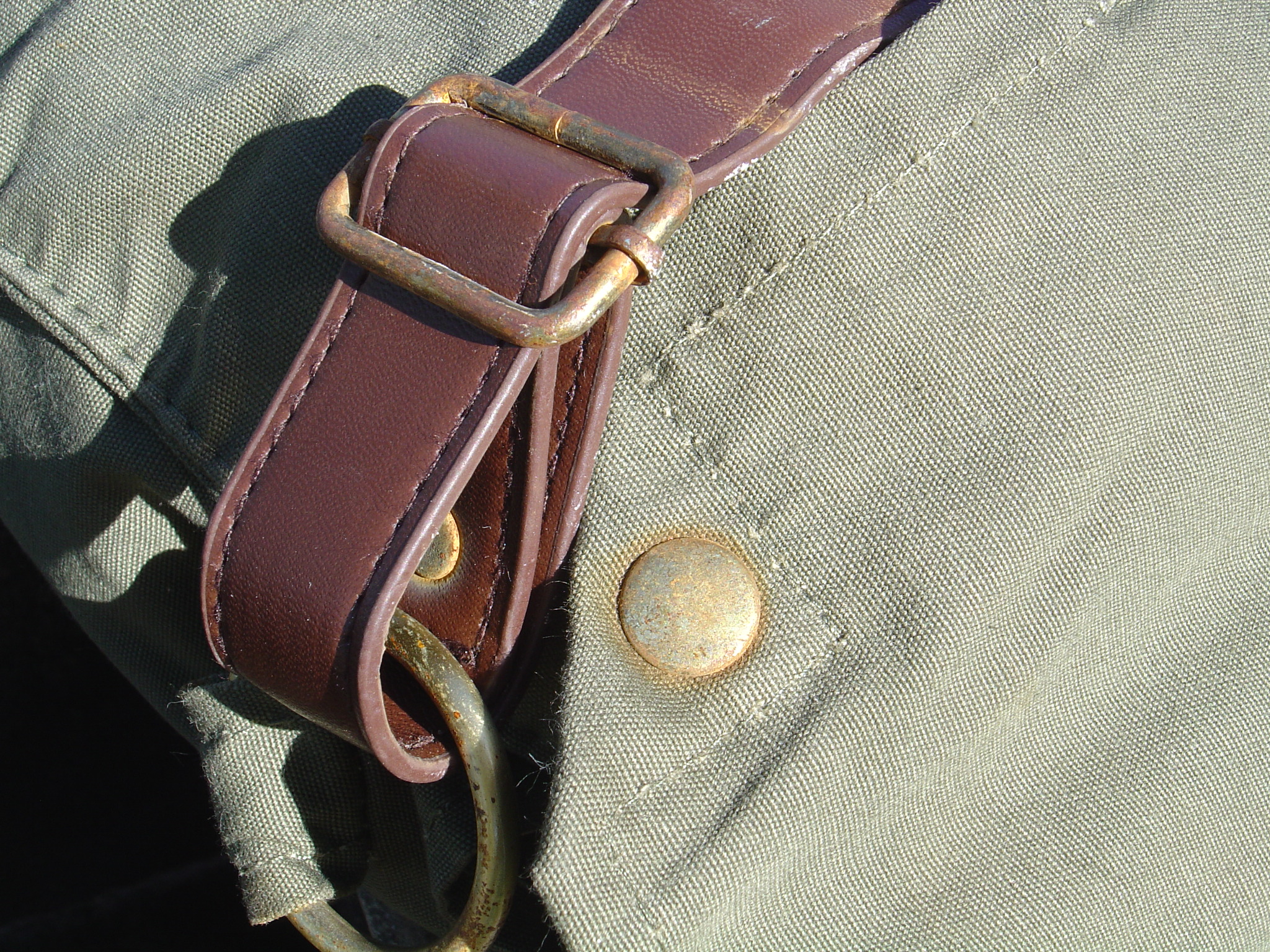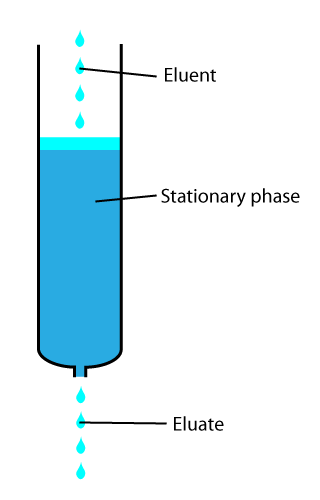|
Clarino
is a brand name for artificial leather manufactured by Kuraray Co., Ltd. of Japan. It is commonly used in gloves, footwear, handbags, and law enforcement duty gear. Versions are made that simulate suede and top-grain leather. Being a man-made material, it is washable and retains its softness when wet, unlike natural leather. After many decades of development, Clarino has achieved performance that exceeds that of leather in some applications, especially where the item may be exposed to water, such as riding saddles. Top grain leather applications include " patent leather" shoes that retain high gloss without the need for polish. During manufacturing, it is microscopically perforated to give it breathability similar to that of natural leather. Clarino is based on a non-woven fabric composed of special synthetic fibers that are intertwined three-dimensionally. The material's softness and suppleness arise from the structure of the non-woven fabric's special fibers, superfine fiber ... [...More Info...] [...Related Items...] OR: [Wikipedia] [Google] [Baidu] |
Artificial Leather
Artificial leather, also called synthetic leather, is a material intended to substitute for leather in upholstery, clothing, footwear, and other uses where a leather-like finish is desired but the actual material is cost prohibitive or unsuitable. Artificial leather is known under many names, including ''leatherette'', ''imitation leather'', ''faux leather'', ''vegan leather'', ''PU leather'', and ''pleather''. Manufacture Many different methods for the manufacture of imitation leathers have been developed. A current method is to use an embossed release paper known as ''casting paper'' as a form for the surface finish, often mimicking the texture of top-grain leather. This embossed release paper holds the final texture in negative. For the manufacture, the release paper is coated with several layers of plastic e.g. pvc or polyurethane, possibly including a surface finish, a colour layer, a foam layer, an adhesive, a fabric layer, a reverse finish. Depending on the spec ... [...More Info...] [...Related Items...] OR: [Wikipedia] [Google] [Baidu] |
Kuraray
is a Japanese manufacturer of chemicals, fibers and other materials. Their main manufacturing facilities are located in Kurashiki, Okayama. The company's Tokyo administrative offices are located in Otemachi, Chiyoda in the Ote Center Building and its Osaka offices are located in the Umeda Hankyu Building). , Kuraray was the sole worldwide producer of Vectran liquid crystal polymer (LCP) fibre. The company is listed in the first section of Tokyo Stock Exchange and is a member of the Nikkei 225 stock market index. Kuraray is a member of the Mizuho keiretsu. History In April 2015, Kuraray acquired the Australian manufacturer of biobased barrier films Plantic Technologies. In September 2017, Kuraray acquired Calgon Carbon for $1.1 billion, an activated carbon maker based in Pittsburgh. In February 2021, Kuraray signed the global framework of the United Nations Global Compact. Product Offerings Various products are described below: *Clarino * EVAL * Felibendy (nonwoven fabric ... [...More Info...] [...Related Items...] OR: [Wikipedia] [Google] [Baidu] |
Patent Leather
Patent leather is a type of coated leather that has a high-gloss finish. The coating process was introduced to the United States and improved by inventor Seth Boyden, of Newark, New Jersey, in 1818, with commercial manufacture beginning September 20, 1819. Boyden's process, which he did not patent, used a lacquer coating that was based on linseed oil. Modern patent leather usually has a plastic coating. History In general, patent leather is a fine grain leather that is treated to give it a glossy appearance. An early reference to patent leather is in the 1793 British periodical '' The Bee, or Literary Weekly Intelligencer'', which notes, in an article entitled "Hand's patent leather", that "a gentleman of the name of Hand" in Birmingham, England, obtained a patent for preparing flexible leather having a glaze and polish that renders it impervious to water and need only be wiped with a sponge to restore it to its original luster. In November 1799, inventor Edmund Prior, of ... [...More Info...] [...Related Items...] OR: [Wikipedia] [Google] [Baidu] |
Artificial Leather
Artificial leather, also called synthetic leather, is a material intended to substitute for leather in upholstery, clothing, footwear, and other uses where a leather-like finish is desired but the actual material is cost prohibitive or unsuitable. Artificial leather is known under many names, including ''leatherette'', ''imitation leather'', ''faux leather'', ''vegan leather'', ''PU leather'', and ''pleather''. Manufacture Many different methods for the manufacture of imitation leathers have been developed. A current method is to use an embossed release paper known as ''casting paper'' as a form for the surface finish, often mimicking the texture of top-grain leather. This embossed release paper holds the final texture in negative. For the manufacture, the release paper is coated with several layers of plastic e.g. pvc or polyurethane, possibly including a surface finish, a colour layer, a foam layer, an adhesive, a fabric layer, a reverse finish. Depending on the spec ... [...More Info...] [...Related Items...] OR: [Wikipedia] [Google] [Baidu] |
Suede
Suede (pronounced ) is a type of leather with a fuzzy, napped finish, commonly used for jackets, shoes, fabrics, purses, furniture, and other items. The term comes from the French , which literally means "gloves from Sweden". The term was first used by ''The Oxford English Dictionary'' in 1884. Suede is made from the underside of the animal skin, which is softer and more pliable than the outer skin layer, though not as durable. Production Suede leather is made from the underside of the skin, primarily from lamb, although goat, calf, and deer are commonly used. Splits from thick hides of cow and deer are also sueded, but, due to the fiber content, have a shaggy nap. Characteristics Because suede does not include the tough exterior skin layer, it is less durable, but softer, than the standard "full-grain" leather. Its softness, thinness, and pliability make it suitable for clothing and delicate uses; suede was originally used for women's gloves, hence its etymology (see ... [...More Info...] [...Related Items...] OR: [Wikipedia] [Google] [Baidu] |
Nylon
Nylon is a generic designation for a family of synthetic polymers composed of polyamides ( repeating units linked by amide links).The polyamides may be aliphatic or semi-aromatic. Nylon is a silk-like thermoplastic, generally made from petroleum, that can be melt-processed into fibers, films, or shapes. Nylon polymers can be mixed with a wide variety of additives to achieve many property variations. Nylon polymers have found significant commercial applications in fabric and fibers (apparel, flooring and rubber reinforcement), in shapes (molded parts for cars, electrical equipment, etc.), and in films (mostly for food packaging). History DuPont and the invention of nylon Researchers at DuPont began developing cellulose based fibers, culminating in the synthetic fiber rayon. DuPont's experience with rayon was an important precursor to its development and marketing of nylon. DuPont's invention of nylon spanned an eleven-year period, ranging from the initial researc ... [...More Info...] [...Related Items...] OR: [Wikipedia] [Google] [Baidu] |
Polypropylene
Polypropylene (PP), also known as polypropene, is a thermoplastic polymer used in a wide variety of applications. It is produced via chain-growth polymerization from the monomer propylene. Polypropylene belongs to the group of polyolefins and is partially crystalline and non-polar. Its properties are similar to polyethylene, but it is slightly harder and more heat-resistant. It is a white, mechanically rugged material and has a high chemical resistance. Bio-PP is the bio-based counterpart of polypropylene (PP). Polypropylene is the second-most widely produced commodity plastic (after polyethylene). In 2019, the global market for polypropylene was worth $126.03 billion. Revenues are expected to exceed US$145 billion by 2019. The sales of this material are forecast to grow at a rate of 5.8% per year until 2021. History Phillips Petroleum chemists J. Paul Hogan and Robert Banks first demonstrated the polymerization of propylene in 1951. The stereoselective polymerization ... [...More Info...] [...Related Items...] OR: [Wikipedia] [Google] [Baidu] |
Polyurethane
Polyurethane (; often abbreviated PUR and PU) refers to a class of polymers composed of organic chemistry, organic units joined by carbamate (urethane) links. In contrast to other common polymers such as polyethylene and polystyrene, polyurethane is produced from a wide range of starting materials. This chemical variety produces polyurethanes with different chemical structures leading to many List of polyurethane applications, different applications. These include rigid and flexible foams, varnishes and coatings, adhesives, Potting (electronics), electrical potting compounds, and fibers such as spandex and Polyurethane laminate, PUL. Foams are the largest application accounting for 67% of all polyurethane produced in 2016. A polyurethane is typically produced by reacting an isocyanate with a polyol. Since a polyurethane contains two types of monomers, which polymerize one after the other, they are classed as Copolymer#Alternating copolymers, alternating copolymers. Both the isocy ... [...More Info...] [...Related Items...] OR: [Wikipedia] [Google] [Baidu] |
Elution
In analytical and organic chemistry, elution is the process of extracting one material from another by washing with a solvent; as in washing of loaded ion-exchange resins to remove captured ions. In a liquid chromatography experiment, for example, an analyte is generally adsorbed, or "bound to", an adsorbent in a liquid chromatography column. The adsorbent, a solid phase (stationary phase), is a powder which is coated onto a solid support. Based on an adsorbent's composition, it can have varying affinities to "hold" onto other molecules—forming a thin film on the surface of its particles. Elution then is the process of removing analytes from the adsorbent by running a solvent, called an "eluent", past the adsorbent/analyte complex. As the solvent molecules "elute", or travel down through the chromatography column, they can either pass by the adsorbent/analyte complex or they can displace the analyte by binding to the adsorbent in its place. After the solvent molecules displac ... [...More Info...] [...Related Items...] OR: [Wikipedia] [Google] [Baidu] |
Coagulation
Coagulation, also known as clotting, is the process by which blood changes from a liquid to a gel, forming a blood clot. It potentially results in hemostasis, the cessation of blood loss from a damaged vessel, followed by repair. The mechanism of coagulation involves activation, adhesion and aggregation of platelets, as well as deposition and maturation of fibrin. Coagulation begins almost instantly after an injury to the endothelium lining a blood vessel. Exposure of blood to the subendothelial space initiates two processes: changes in platelets, and the exposure of subendothelial tissue factor to plasma factor VII, which ultimately leads to cross-linked fibrin formation. Platelets immediately form a plug at the site of injury; this is called ''primary hemostasis. Secondary hemostasis'' occurs simultaneously: additional coagulation (clotting) factors beyond factor VII ( listed below) respond in a cascade to form fibrin strands, which strengthen the platelet plug. Disorder ... [...More Info...] [...Related Items...] OR: [Wikipedia] [Google] [Baidu] |
Japanese Brands
Japanese may refer to: * Something from or related to Japan, an island country in East Asia * Japanese language, spoken mainly in Japan * Japanese people, the ethnic group that identifies with Japan through ancestry or culture ** Japanese diaspora, Japanese emigrants and their descendants around the world * Japanese citizens, nationals of Japan under Japanese nationality law ** Foreign-born Japanese, naturalized citizens of Japan * Japanese writing system, consisting of kanji and kana * Japanese cuisine, the food and food culture of Japan See also * List of Japanese people * * Japonica (other) * Japonicum * Japonicus This list of Latin and Greek words commonly used in systematic names is intended to help those unfamiliar with classical languages to understand and remember the scientific names of organisms. The binomial nomenclature used for animals and plants i ... * Japanese studies {{disambiguation Language and nationality disambiguation pages ... [...More Info...] [...Related Items...] OR: [Wikipedia] [Google] [Baidu] |



.jpg)


